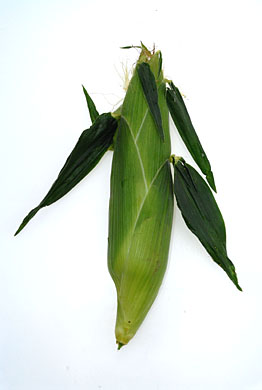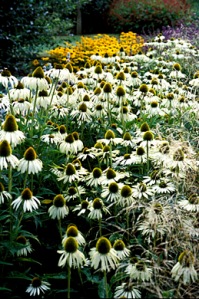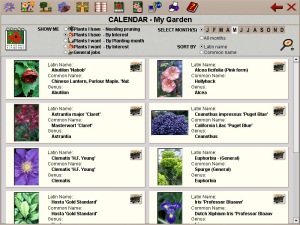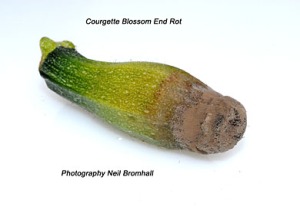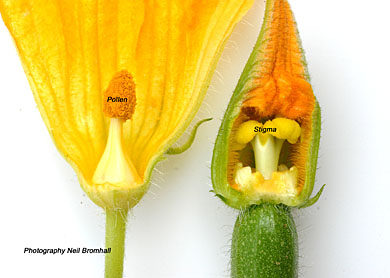To grow attractive looking perennial plants most need to be pruned otherwise they become too big, untidy and produce unimpressive flowers.
Many people new to gardening are nervous when it comes to pruning.
This is because there’s a baffling amount of information on pruning and to make things worse some of the information seems to contradict the other.
If you think of it, herbivores have been nibbling at plants for millions of years, so plants are quite used to being nibbled and cut. It’s been suggested that the saliva actually stimulates growth.

Pruning encourages new productive growth
The reasons for pruning.
Pruning encourages new healthy growth.
If you cut out dying and diseases wood, the plant can instead of fighting disease will put its energy in to new productive growth.
Pruning will keep the plant shape and size in check.
Pruning will keep unwanted seed dispersal under control.

Deadheading encourages a second flush of flowers
Pruning / deadheading will encourage a second flush of flowers. The reason being, when you deadhead a flower, the plant can no longer put its energy into seed production. Reproduction is the second imperative so if the plant can’t make seeds because you’ve cut the fertilised flower off, the plant will put it’s energy into producing new flowers in which to do so.
Although flowers are attractive to our eyes, the real function of a flower is to attract insects to transfer pollen from one flower to another, resulting pollination and seed production.
Deadheading basically removes the ability of the plant to produce seeds and so it produces another flush of flowers in order to do so.
Deadheading will produce new flowers in the growing season. Deadheading very late in the season won’t produce further flowers as the plant reacts to the falling light levels and temperature changes and so it’s programmed to shut down ready for dormancy over the winter period.
Some plants won’t produce new growth if you cut in to old wood.
Cut at an angle just above an outward facing bud.
Use sharp secateurs to make a clean cut. A clean cut will quickly heal quickly whereas a blunt blade will bruise the stem where die-back or disease can set in.
Pruning vines. Some plants like vines will weep sap profusely if you cut in the growing season, so it’s best to cut when the vine is dormant i.e when the sap not rising.
Clematis pruning. There are basically four pruning techniques for pruning clematis.
Rose pruning. There are 4-5 different rose types all needing different pruning
Techniques.
Pruning wisteria. The Wisteria like many vines only produces flowers on the branches that are in direct sunlight. The flowering buds are stimulated to form by the sunlight. Wisteria are therefore pruned twice a year.
To have the answers you want within seconds and to save time searching through books and the internet, illustrated pruning advice accompanies each plant of the 3,500 UK
garden plants on the interactive http://www.rightplants4me.co.uk The Calendar reminds you which plants you have and when and how to prune
them. All the information on the website can be printed with images, plus you can add your own printable notes accompanying each plant.
.
Used by garden novice to Garden Designer.
http://www.rightplants4me.co.uk






 Posted by Neil Bromhall
Posted by Neil Bromhall 



